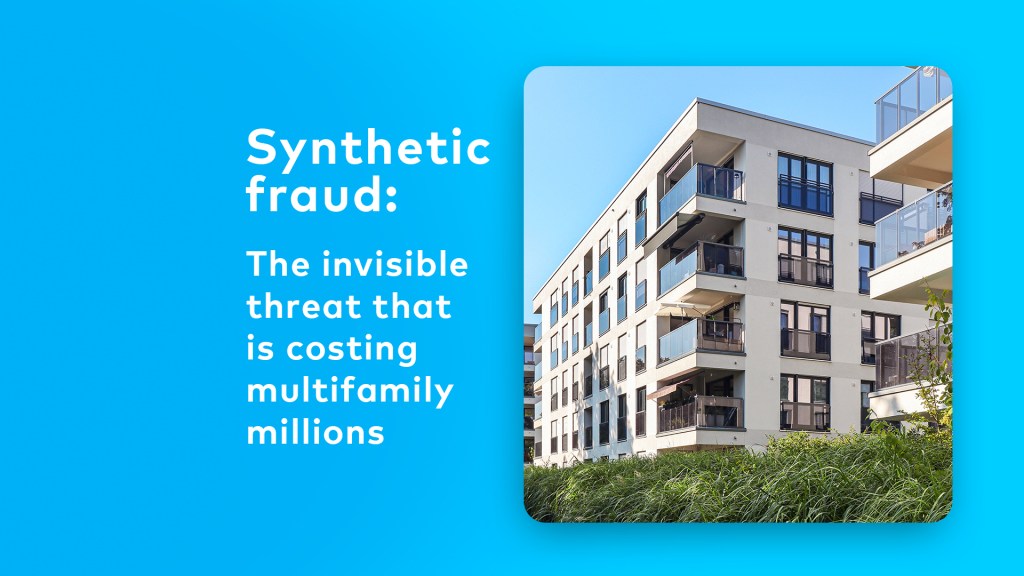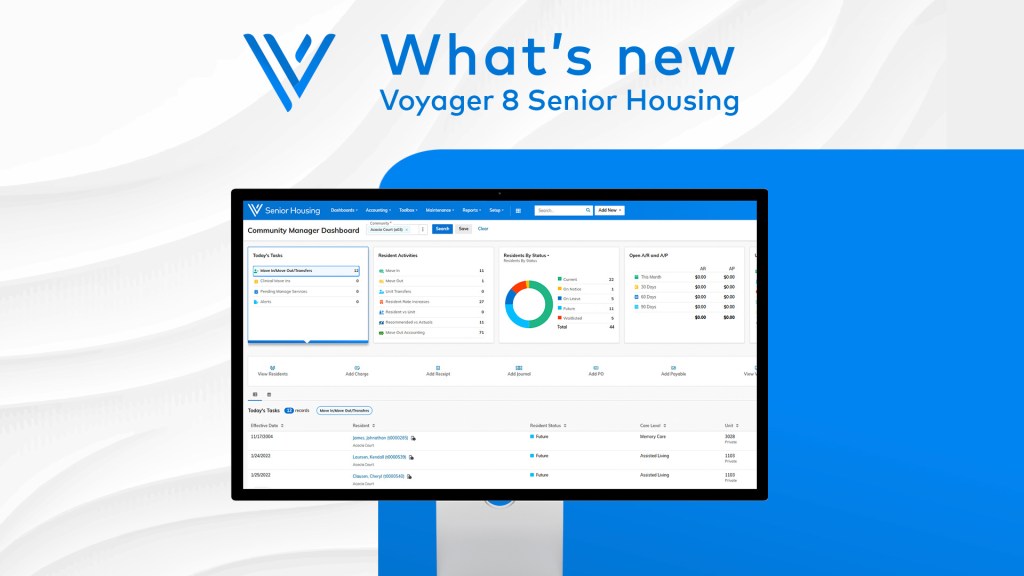By Erica Rascón on June 11, 2014 in News
The market’s supply of long-term care facilities for middle-income Baby Boomers lags woefully behind rising demand. Affluent seniors have access to mountain resort-style lodges and low-income seniors receive some provisions through the Medicaid State Assisted Living Waiver Program. Baby Boomers and Echo Boomers who fall somewhere between income brackets have disproportionately fewer options w ithin their price range. A lack of social pressure could prolong the problem.
ithin their price range. A lack of social pressure could prolong the problem.
Most Boomers aren’t aware that they are facing a housing crisis. As such, they aren’t applying the pressure needed to encourage serious progress in the industry. Bankers Life and Casualty Co. recently published “Retirement Care Planning: The Middle-Income Boomer Perspective.” The study reveals that only one-third of participants believe they will need long-term care. In the case that they do require senior housing, participants estimate the cost at about $47,000 per year.
Participants’ assumptions are a far cry from data-driven projections. According to the U.S. Department of Health and Human Services, more than 70 percent of this demographic will require long-term care. By the time that Boomers enter specialized housing, the costs will be closer to $90,000 each year.
Whether the costs are $47,000 or $90,000, Boomers aren’t prepared to pay up. 70 percent of participants have no retirement plan. Only 56 percent have considered how they will pay for housing; of that amount, 88 percent do not own long-term care insurance. 78 percent are under the impression that Medicare will pay for long-term care or are otherwise unsure of how their care will be financed.
A lack of planning and savings doesn’t minimize what seniors expect if and when they enter a long-term care facility. Boomers aren’t asking for sprawling spaces with gold plated commodes. Rather, the highest expectations fall in the areas of location and mental stimulation, two cost-boosting features.
Boomers are staying active longer than their predecessors, requiring a new degree of independence and mobility. Housing with access to public transportation is a priority, giving Boomers the opportunity to visit family, friends, and to explore their surroundings while saving money on transportation costs. Pedestrian-friendly access requires building in costly metropolitan zip codes.
Many Boomers also expect to work, partly to compensate for the financial hit taken during the recession. Others will choose employment as a means of staying mentally and physically active, garnishing wages that will allow them to travel and pursue their interests. Working seniors expect housing with access to job hubs, again nudging developers to look towards expensive land in cities and large suburbs.
63 percent of Boomers surveyed expect significant mental stimulation during their retirement years. Trends lean towards properties that offer “concept living,” communities that unite adults based on common interests such as hobbies, religion, sexual orientation, and education. Such niche communities must offer special programming and excursions that keep residents engaged. The staffing, planning, and execution of such activities come at a price.
Limited financial resources and high expectations present a challenge for developers. A few builders are exploring ways to construct long-term care facilities that can fit middle-income budgets with varied success. Rising construction costs coupled with costly care requirements make it difficult to develop middle-income housing without government subsidies.
Some firms aim to decrease costs by breathing new life into existing properties. Lamplight Inn of Fort Wayne, Ind. and Rocklin Park Senior Living in Rocklin, Ca. are examples of successfully repurposed assets. By transforming hotels into senior living facilities, Lamplight Communities and Omkar Rocklin have cut costs enough to market to middle-income seniors. Such developments are a step in the right direction but there are still too few to accommodate the growing need.
While the industry acknowledges the middle-income senior housing crisis, nothing will promote earnest problem solving like social pressure. By better educating themselves on the realistic costs and conditions of their long-term care needs, Boomers can begin the dialogues and investments needed to stir development trends in their favor.


